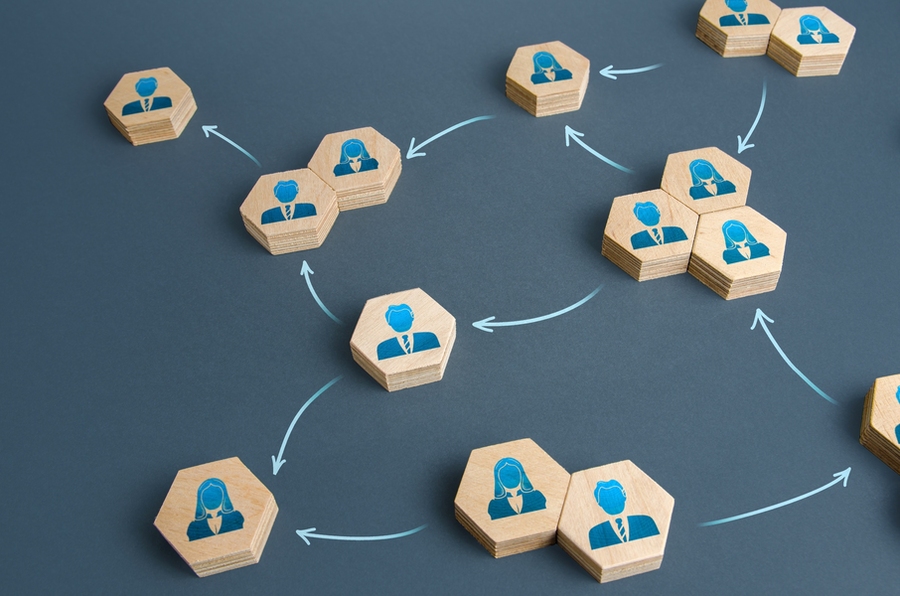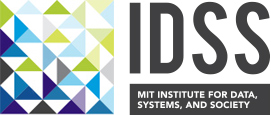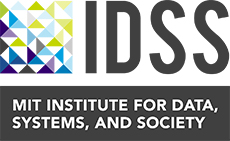
Characterizing social networks
Researchers at MIT wanted to investigate homophily further to understand how groups of three or more interact in complex societal settings. Prior research on understanding homophily has studied relationships between pairs of people. For example, when two members of Congress co-sponsor a bill, they are likely to be from the same political party.
However, less is known about whether group interactions between three or more people are likely to occur between similar individuals. If three members of Congress co-sponsor a bill together, are all three likely to be members of the same party, or would we expect more bipartisanship? When the researchers tried to extend traditional methods to measure homophily in these larger group interactions, they found the results can be misleading.
“We found that homophily observed in pairs, or one-to-one interactions, can make it seem like there’s more homophily in larger groups than there really is,” says Arnab Sarker, graduate student in the Institute for Data, Systems and Society (IDSS) and lead author of the study published in Proceedings of the National Academy of Sciences. “The previous measure didn’t account for the way in which two people already know each other in friendship settings,” he adds.
To address this issue, Sarker, along with co-authors Natalie Northrup ’22 and Ali Jadbabaie, the JR East Professor of Engineering, head of the Department of Civil and Environmental Engineering, and core faculty member of IDSS, developed a new way of measuring homophily. Borrowing tools from algebraic topology, a subfield in mathematics typically applied in physics, they developed a new measure to understand whether homophily occurred in group interactions.
The new measure, called simplicial homophily, separates the homophily seen in one-on-one interactions from those in larger group interactions and is based on the mathematical concept of a simplicial complex. The researchers tested this new measure with real-world data from 16 different datasets and found that simplicial homophily provides more accurate insights into how similar things interact in larger groups. Interestingly, the new measure can better identify instances where there is a lack of similarity in larger group interactions, thus rectifying a weakness observed in the previous measure.
One such example of this instance was demonstrated in the dataset from the global hotel booking website, Trivago. They found that when travelers are looking at two hotels in one session, they often pick hotels that are close to one another geographically. But when they look at more than two hotels in one session, they are more likely to be searching for hotels that are farther apart from one another (for example, if they are taking a vacation with multiple stops). The new method showed “anti-homophily” — instead of similar hotels being chosen together, different hotels were chosen together.
“Our measure controls for pairwise connections and is suggesting that there’s more diversity in the hotels that people are looking for as group size increases, which is an interesting economic result,” says Sarker.
Additionally, they discovered that simplicial homophily can help identify when certain characteristics are important for predicting if groups will interact in the future. They found that when there’s a lot of similarity or a lot of difference between individuals who already interact in groups, then knowing individual characteristics can help predict their connection to each other in the future.
Northrup was an undergraduate researcher on the project and worked with Sarker and Jadbabaie over three semesters before she graduated. The project gave her an opportunity to take some of the concepts she learned in the classroom and apply them.
“Working on this project, I really dove into building out the higher-order network model, and understanding the network, the math, and being able to implement it at a large scale,” says Northrup, who was in the civil and environmental engineering systems track with a double major in economics.
The new measure opens up opportunities to study complex group interactions in a broad range of network applications, from ecology to traffic and socioeconomics. One of the areas Sarker has interest in exploring is the group dynamics of people finding jobs through social networks. “Does higher-order homophily affect how people get information about jobs?” he asks.
Northrup adds that it could also be used to evaluate interventions or specific policies to connect people with job opportunities outside of their network. “You can even use it as a measurement to evaluate how effective that might be.”
The research was supported through funding from a Vannevar Bush Fellowship from the Office of the U.S. Secretary of Defense and from the U.S. Army Research Office Multidisciplinary University Research Initiative.
Reprinted with permission of MIT News.


